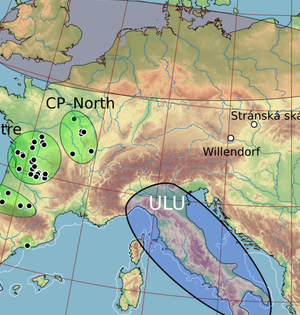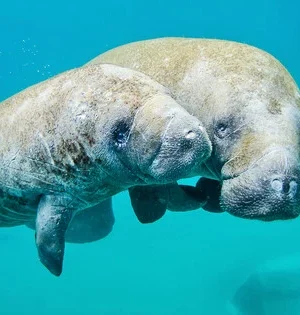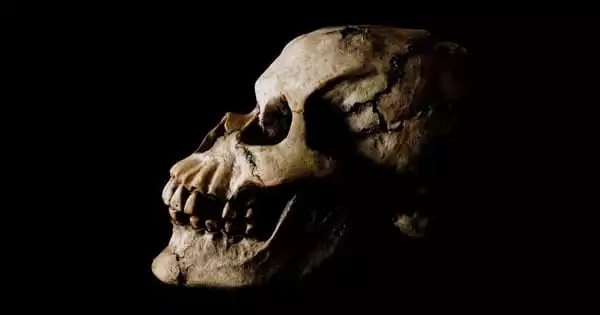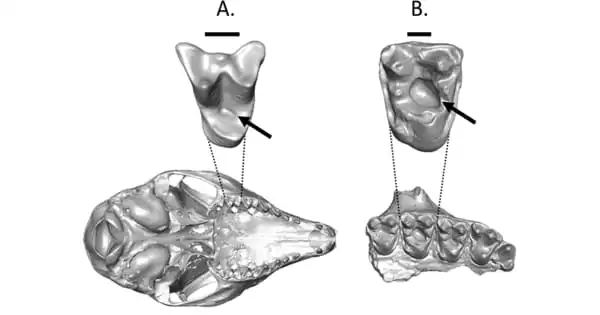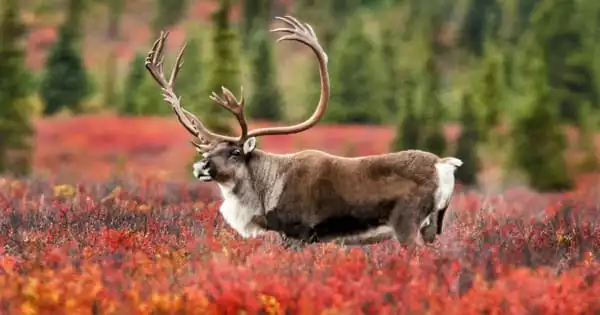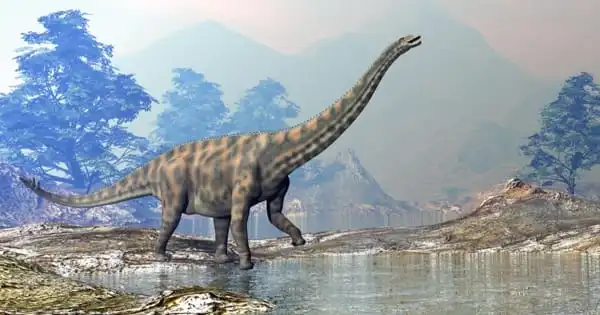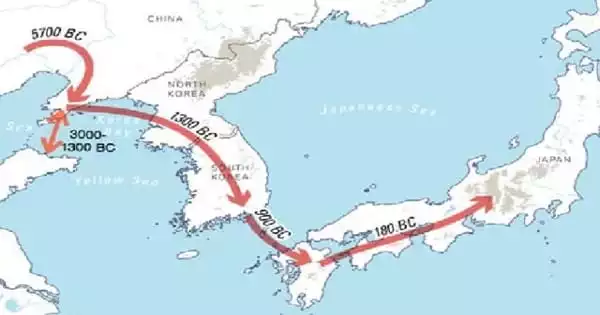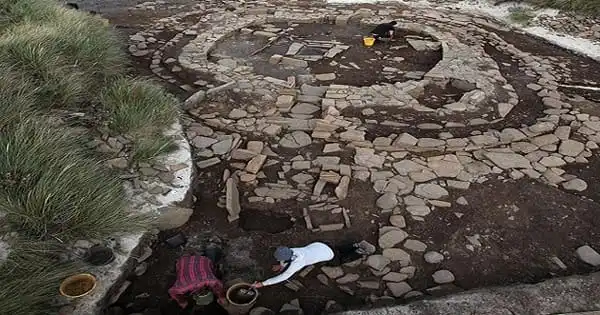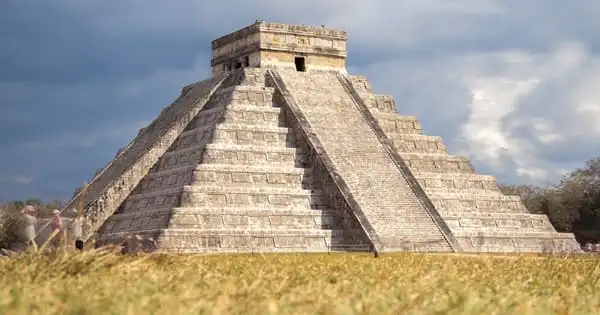The age of the oldest fossils in eastern Africa widely accepted to represent our species, Homo sapiens, has long been debated. The dating of a massive volcanic eruption in Ethiopia has revealed that it is much older than previously thought. The Omo I remains were discovered in Ethiopia in the late 1960s, and scientists have been attempting to precisely date them ever since, using the chemical fingerprints of volcanic ash layers found above and below the sediments in which the fossils were discovered. An international team of scientists led by the University of Cambridge has recalculated the age of the
Ancient Civilizations
In the modern world, we often imagine nature to be red in tooth and claw, a constant struggle for survival between predator and prey. Life on the early Earth, prior to the evolution of complex plants and animals, appears peaceful in comparison. There are only single-celled organisms floating around in the water, gathering energy from the Sun. However, it turns out that the struggle for survival begins much earlier than most of us realize. Predatory bacteria attacked our distant ancestors, early eukaryotes, almost from the beginning. Uppsala University researchers discovered that legionella bacteria infected eukaryotic cells as early as two
The discovery of a new species of pangolin, previously thought to have existed in Europe during the early Pleistocene but not confirmed until now, has been made possible by fossil remains discovered at Grăunceanu, a rich fossil deposit in Romania, according to the University of Arkansas. Researchers believe it is Europe's youngest and best-documented fossil pangolin, as well as the only fossil from the Pleistocene epoch. Deeper examination of fossils from one of Eastern Europe's most important paleontological sites has resulted in the discovery of a new species of pangolin, which was previously thought to have existed in Europe during
Tooth decay affects nearly everyone at some point in their lives. Indeed, half of those reading this article are likely to have it right now. It's common knowledge that a sugary diet can lead to cavities, but specific bacteria in our mouths also play a role. As a result of eating sugary foods, they produce acids in their mouths. When this happens frequently, the mineral concentration of the tissue that makes up a tooth, including enamel and dentine, decreases. This is known as demineralisation, and it eventually leads to cavities. Tooth decay is a common and unfortunate problem for many
Volcanoes can have an impact on climate change. Massive amounts of volcanic gas, aerosol droplets, and ash are injected into the stratosphere during major explosive eruptions. Injected ash falls rapidly from the stratosphere, and the majority of it is removed within a few days to weeks, having little effect on climate change. However, volcanic gases such as sulfur dioxide have the potential to cause global cooling, whereas volcanic carbon dioxide, a greenhouse gas, has the potential to promote global warming. Dinosaurs flourished during the Jurassic period after a volcanic eruption roughly 201 million years ago wiped out many marine and
According to a study published in the journal PLOS Genetics, reindeer, also known as caribou in North America, make one of the longest seasonal migrations of land animals, but their proclivity to migrate is determined by genetic ancestry. GPS tracking and DNA sequencing were used by researchers from the University of Calgary, Princeton, Liverpool John Moores, and other institutions to investigate the genetic drivers of migratory behavior in 139 female reindeer (Rangifer tarandus) living in tundra or woodland habitats across western North America. They discovered more than 50 genetic mutations linked to migratory behavior, 27 of which were found in
The skeleton of Abditosaurus kuehnei is the most complete titanosaur fossil found in Europe to date. Abditosaurus kuehnei, a new species of titanosaur dinosaur discovered at the Orcau-1 site in the southern Pyrenees, has been described by researchers (Catalonia, Spain). The new species of titanosaur dinosaur Abditosaurus kuehnei was described by researchers from the Institut Català de Paleontologia Miquel Crusafont (ICP), the Conca Dellà Museum (MCD), the Universitat Autnoma de Barcelona (UAB), the University of Zaragoza (UNIZAR), and the NOVA University of Lisbon (UNL) from the remains excavated at the Orcau-1 site in the southern Py (Catalonia, Spain). The semiarticulated
A new study by an international team of researchers proposes a 'Farming Hypothesis' for the spread of Transeurasian languages by triangulating data from linguistics, archaeology, and genetics, tracing the origins of Japonic, Koreanic, Tungusic, Mongolic, and Turkic to the movements of Neolithic millet farmers from the West Liao River region. The origin and early spread of Transeurasian languages, including Japanese, Korean, Tungusic, Mongolic, and Turkic, is one of the most contentious issues in Asian prehistory. Although many of the similarities between these languages are due to borrowing, recent studies have revealed a reliable core of evidence supporting Transeurasian's classification as
A huge number of European women farmers who arrived in Orkney some 5,200 years ago nearly wiped out the DNA of the local female population. That is the discovery of an ancient DNA profiling experiment conducted by the universities of Edinburgh and Huddersfield. An international team lead by experts at the University of Huddersfield utilized ancient DNA to rewrite the history of the Orkney islands, demonstrating that large-scale immigration replaced much of the original population during the Early Bronze Age. The study, which used DNA extracted from human remains discovered on Westray, discovered that within 1,000 years, the genes of
A severe drought happened around the time the Maya began to vanish. And, at the time of their demise, the Maya had cleared enormous expanses of the land of forests in order to clear fields for cultivating grain to feed their swelling population. They also cut down trees for firewood and building materials. A new study calls drought into question as the cause of the ancient Mayan civilization's demise. There is solid doubt that a series of droughts struck the Yucatan Peninsula in southeastern Mexico and northern Central America at the end of the ninth century when Maya civilizations mysteriously


